 By: Carlos Mondragón
By: Carlos Mondragón
In order to survive, human beings must be capable of carrying out three related activities: sensing events (also called stimulation), assessing the stimulus, and responding to that stimulus. An environmental stimulus is some feature of the environment that alerts the senses-for example, the colors of a stoplight, the smell of smoke or the sound of an ambulance siren-and provokes a response. The stimulus is in turn detected by receptors, which are specialized cells in the nervous system sensitive to these stimuli. When receptors are activated, the person experiences one or more sensations, which are basic aspects of perception.
Perception is one of the four elements of human conduct, along with motivation, thought and learning. Perception is the process of organizing and trying to understand the sensorial stimulation we receive, so it is an element that places individuals in contact with the world around them. If receptors do not receive stimulation from the environment or are unable to process it, no information will be transmitted to the brain, and perception will not occur. For example, the colorblind cannot express their perception about a color, because they are not sensitive to this type of information. A deaf person who fail to perceive certain sounds depending on the degree of deafness, so the stimulation will be incomplete.
Throughout modern history, most people have believed that vision is the most important sense, because when asked which of their senses it will be most painful to lose, almost all respond that it would be sight. Scientists have discovered that the brain has more neurons dedicated to sight than to hearing, taste or scent, and this is why individuals are believed to place so much importance on sight. This does not mean that the rest of the senses are less important-hearing, taste, touch and smell are crucial to the survival of human beings. Additionally, when we consider the behavior of individuals as consumers, some or all of the senses enter into action in making a decision to buy.
This article is about smell, one of the senses that human beings pay less attention to, because it is not crucial to human survival. However, certain odors are important, like the smell of the gas leak, food gone bad, or garbage left unattended for a few days. For the purposes of understanding consumer behavior, it has been proven that odors are associated with emotional memories. The connection between sense and memory is familiar to everyone; throughout their lives, individuals come to associate certain smells with pleasant or unpleasant memories: the smell of gasoline, a recently baked cake, perfume, a pine tree-all of which can evoke past sensations and emotions. Since there is no precise way to measure smell, as there is with color, language, or sound intensity, memory becomes the instrument for recognizing fragrance. It has recently been discovered that the nose does not contain olfactory receptors, but in fact serves to collect and filter the air we breathe. The olfactory receptors are located in a tissue area of each nostril, and since they are continually drying out, they are naturally replenished. The lifespan of an olfactory receptor is from 5 to 8 weeks.
An odor is perceived when the molecules of a certain substance combine with the air–the more there are, the more detectable they become; this blend reaches the olfactory receptors that are in an area of tissue in the nostril. There are are close to 10 million of these receptors, allowing human beings to recognize approximately 10,000 different essences. This capacity is at its keenest during the early years of adulthood, between 20 and 40 years of age, and although the olfactory systems of men and women are structurally identical, there may be differences in the sensitivity and memory of fragrance from one sex to the other. There are, however, very pronounced differences in terms of sensitivity in memory of odor: in general, women have a better scent memory than men.
For many years, smell and taste were treated as if they were independent; but actually these two senses interact to determine flavor (just think about what your food tasted like the last time you had a cold). Individuals taste and smell correctly when their olfactory sense is functioning normally.
The sense of smell, then, is so important that it is one of the primary triggers in a decision to buy. In this article, we will present evidence of the development and use that marketing is made of scents and odors.
It has been proven that there are persuasive tactics that often make us react unconsciously to certain stimuli, like smells, colors, lighting, music, space and temperature, all of which can set off specific behavior and decisions. These incite the consumer to buy products or services without carefully processing the information, meaning they may be inclined to make a purchase without taking into account the pros and cons of the product itself.
One of the reasons for this behavior is that, frequently, this type of decision is malleable and depends on the context in which it is made; in other words, it is affected or influenced by subtle signals in the surrounding environment.
In a retail store, for example, the shopper can distinguish between the smell of the store itself and the fragrance of perfume. For some years now, department stores have followed a commercial strategy of injecting a pleasant odor into air-conditioning, which can have a heavy impact on consumers’ decisions, even before the shopper starts to buy.
One example of this strategy was used by the London department store Harrods for some weeks in 2008. In the women’s footwear department, there was a strong scent of chocolate; in the lawn furniture section, the smell was fresh cut grass; and at the cash registers, in essence of citrus fruit pervaded the air. Harrods’ objective was to get people to spend more time in the store, since they found that the more time shoppers remained in the store, the more they purchased. An increasing number of department stores have been adopting this strategy, not just to entice the public in, but to spend more time on the sales floor.
The hotel industry has also taken advantage of the benefits of using fragrances and odors. For example, the Hyatt Place Hotels chain creates a special environment with essences, and this strategy enables it to build up greater loyalty and brand recognition amongst its guests.
Another way in which marketing has taken advantage of fragrances is by directly injecting them into products. This is a very important element to be taken into account in the creation and development process, not just concerning the structure of the materials, the form and proportion of the products, but also how they smell, what they feel like, and how they are decorated. All of these characteristics can trigger a purchase decision, as some authors have proven when they show that the fragrance of a product can affect the purchase decision in any of the following ways:
- Consumers can mentally confirm the performance of the product, which becomes a factor in their level of satisfaction at the time they use it or consume it.
- They can have a considerable impact on consumers’ perception, differentiating a given product from others around it.
- When products are very similar in their physical characteristics and shoppers have a hard time distinguishing between them, fragrance can determine the purchase decision.
- The fragrance of the product can be the only sell proposal.
- Fragrance can come to be thought of as a communicator of personality and emotions, enabling the consumer to identify with the product or brand.
One example of this last point is the use of lavender essence and body oils and aromatherapy. It has been proven that, when using lavender oil, women enter a state of relaxation and become less anxious, angry and aggressive. Men, on the other hand, feel more agitated and less relaxed.
The categories in which fragrances or odors are most frequently used as sell strategies are:
- Beverages
- Body care (bar and liquid soap and bath gel)
- Skincare
- Home care products (dishwashing liquid, surface cleaners, detergents and fabric softeners)
- Food
- Cigarettes
One of the body care products most defined by its scent is men’s shampoo, because in part of the population this has become the sole sell proposal. There is a shampoo brand called Ego, aimed at men, whose advertising stresses that a man’s shampoo should smell different from a woman’s shampoo.
There are other products that are well known for their smell: a new car, a recently laid carpet, a bouquet of flowers, cookies, or chocolates in a department store or soup market, a leather jacket or bag, fresh ground coffee or movie theater popcorn. Products like these produce very favorable reactions and consumers that stimulate them to buy impulsively and, subsequently, to repeat the purchase.
We are constantly bombarded by sensations like smells, images, sounds, flavors in touch, as advertisers compete to attract the market’s attention. Traditionally, consumers have been drawn toward products through scent. A mere whiff is enough to unleash a torrent of unexpected memory and any number of emotions: the summer at the beach, a forgotten romance, the smell of a pine tree at our childhood home. Every time an individual is attracted by an odor, he or she will react favorably or unfavorably. The job of marketing specialists is to stimulate consumers with pleasant sensations and use them to promote their product.?
References:
Davis, F. S. y Palladino, J. (2008). Psicología. 5ª ed. Pearson Educación: México.
Dijksterhuis, A. y Smith P.K. (2005). “The Unconscious Consumer: Effects of Environment on Consumer Behavior”. Journal of Consumer Psychology, Vol. 15, No. 3, pp. 193-202.
Jeffries, N. (2007). “Scent: New Frontiers in Branding”. Global Cosmetic Industry, Vol. 175, Issue 5, pp. 49-52.
Milotic, D. (2003). “The Impact of Fragrance on Consumer Choice”. Journal of Consumer Behaviour, Vol. 3, No. 2, pp. 179-191.
Rosenthal, J. (2008). “Led by the Nose”. Economist, Dec. 20, pp. 132-134.


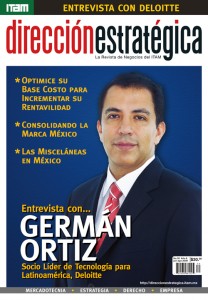


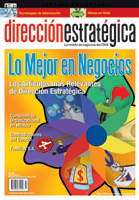


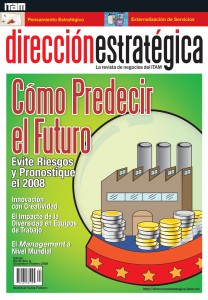
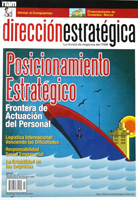






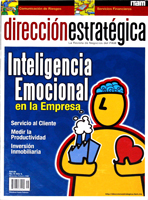
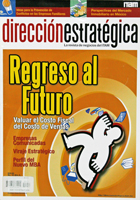
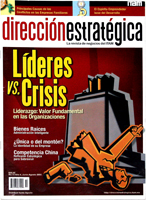

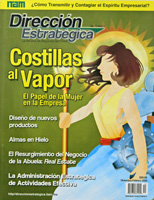
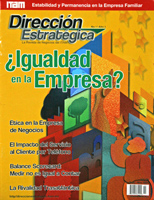





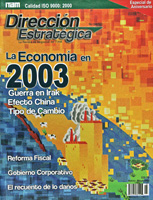
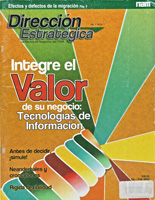

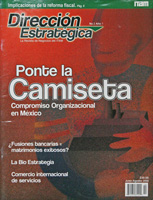

One Comment
Me parece muy interesante y completo el artículo. Como complemento, sugiero “El dado de siete caras” de Luigi Valdés que menciona algunos ejemplos exitosos de aromarketing como el olor a palomitas en los parques de Disney así como empresas que se dedican a la creación y venta de aromas específicos para cada necesidad de sus clientes.
Me pregunto, ¿qué aroma será el mejor para vender libros? ¿Aroma a libro nuevo?
¡Saludos y seguimos leyendo!